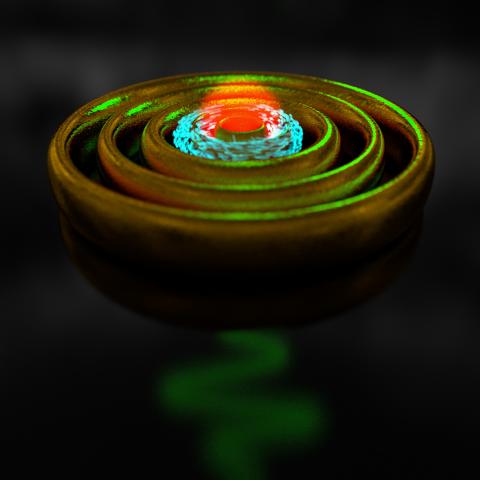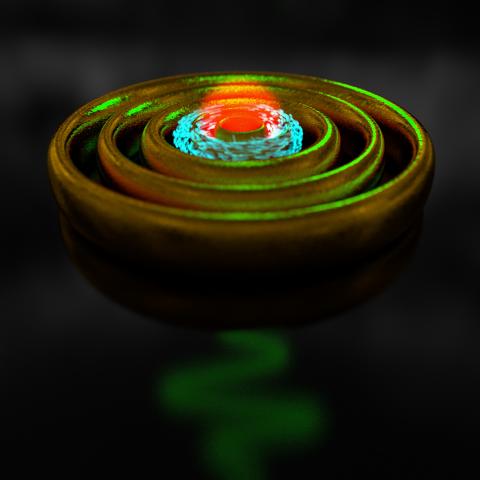

The Challenges of Optics Research
Sorbonne University and the iMAT Institute of Materials Science hosted four virtual workshops in October and November on advances in materials science research, covering energy, biomaterials, materials for catalysis and optics.
For four weeks, research teams at both universities gathered on Zoom to share their research and plan future collaborations. With Optics the final theme in the series, we asked Sorbonne researcher Mathieu Mivelle and Sydney researcher Girish Lakhwani to reflect on the challenges and opportunities of their current projects. From more efficient lasers (polariton lasing) to investigations into the relationship between matter and magnetism, both researchers foresee exciting solutions to modern optical challenges.
What excites you the most about your current research?
Mathieu Mivelle: What excites me the most is undoubtedly the constant search to develop new research topics and the study of unexplored or overlooked territories. I particularly enjoy making connections between different themes or using techniques from other fields of research in my daily work. This is what led me to study the interactions between “magnetic light” and matter, to use algorithms to design optical nanostructures, and to bring all-optical solutions to problems related to magnetism.
Girish Lakhwani: If I had to narrow it down to one thing that excites me the most, it would be the research on ways in which we can better understand and manipulate structural properties of molecules and materials for their use in advancement of niche optical devices such as polariton lasers and optical isolators. For example, we recently demonstrated that modifying the molecular structure of perylene dye molecules makes them useful for polariton lasing, which, unlike conventional lasing doesn’t require population inversion and can operate at lower input energy. In another instance, we showed that lead halide perovskites offer a competitive alternative to commercial TGG crystals for Faraday Rotators.
Pictured, right: Mathieu Mivelle. Photo Credit: © INSP - Cécile Duflot.

What are the main challenges of your research?
MM: Since my recruitment as a principal investigator, the main challenge for my research has been the difficulty in obtaining long-term funding to recruit students and researchers able to develop these different topics in the long term. The current lack of research funding doesn’t allow me to fully develop these different research topics, which is a disadvantage especially when considering global competition.
GL: It’s only been five years since I started my independent research group at The University of Sydney. During this time, I have focused my efforts largely on building research capacity in terms of infrastructure and personnel. My main challenges at this stage of my career are twofold: firstly, to be able to secure a steady stream of competitive funding to support my research and secondly, to establish long-term meaningful research collaborations with synthetic chemists and ultrafast spectroscopists working towards similar research goals.
Mathieu Mivelle is a CNRS Research fellow with the Paris Institute of Nanosciences at Sorbonne University, and Girish Lakhwani is a senior lecturer in the School of Chemistry at the University of Sydney.
Pictured, right: Girish Lakhwani

